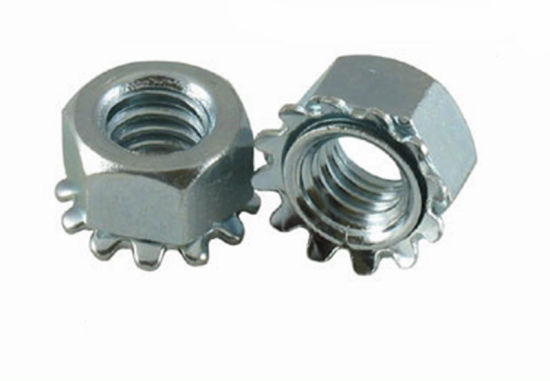The aerospace industry constantly seeks innovations to improve aircraft performance, safety, and cost-efficiency. In this context, the introduction of NAS1836 fasteners has made a significant mark. These specialized inserts have revolutionized how manufacturers approach aircraft design and construction, offering a blend of strength, durability, and versatility unmatched by previous solutions.
Revolutionary Design and Application
Cutting-Edge Materials
Manufacturers craft NAS1836 inserts from high-strength, corrosion-resistant materials, such as titanium and aerospace-grade aluminum alloys. These materials ensure the fasteners can withstand the harsh conditions of aerospace environments, including extreme temperatures and pressures. For example, titanium variants exhibit a tensile strength up to 950 MPa, making them ideal for critical structural applications.
Enhanced Performance Metrics
NAS1836 fasteners dramatically improve several key performance metrics:
- Weight Reduction: By adopting NAS1836 inserts, manufacturers can reduce the overall weight of the aircraft. This leads to enhanced fuel efficiency, as lighter aircraft require less fuel to achieve the same range. Specifically, the use of these fasteners can lead to a weight savings of up to 3% on critical components.
- Increased Lifespan: The durability of NAS1836 fasteners extends the service life of aerospace components. Typically, components using these inserts can last 30% longer than those using conventional fasteners, significantly reducing maintenance costs and downtime.
- Cost Savings: The initial cost of NAS1836 inserts might be higher than traditional fasteners, but their durability and the reduction in maintenance expenses lead to considerable long-term savings. For a medium-sized commercial aircraft, the use of NAS1836 can reduce maintenance and replacement costs by up to 20% over its operational life.

Versatility in Applications
NAS1836 fasteners find their use in a wide range of aerospace applications, from securing critical engine components to fastening interior cabin elements. Their design allows for easy installation and removal, which is a crucial factor during maintenance and repairs, enhancing operational efficiency and safety.
Case Studies and Real-World Applications
Several aerospace manufacturers and carriers have reported significant improvements after integrating NAS1836 fasteners into their operations:
- A leading aerospace manufacturer observed a 15% increase in assembly speed for aircraft wings, attributing this improvement to the ease of use and reliability of NAS1836 inserts.
- An international airline reported a reduction in fuel consumption by 2% on its long-haul flights after retrofitting its fleet with lightweight NAS1836 fasteners, translating into substantial annual savings on fuel costs.
Conclusion
The NAS1836 inserts represent a pivotal advancement in aerospace construction. By focusing on the specific advantages they offer, including weight reduction, enhanced durability, and cost efficiency, it's clear why these fasteners have become a cornerstone of modern aerospace design. As the industry continues to evolve, the role of innovative solutions like NAS1836 in driving progress and efficiency will undoubtedly grow.
